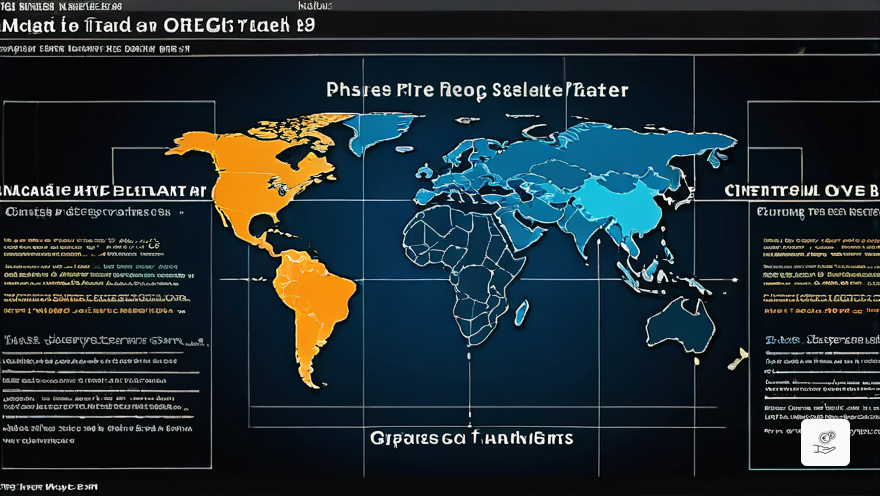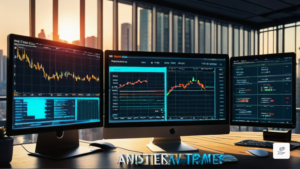Prop Trading: Unraveling the Differences Between Smart Prop Trader and FundedNext (Stellar)

Deciphering Trading Objectives: A Comparative Analysis
Navigating the world of proprietary trading demands a thorough understanding of the objectives set forth by different prop firms. Smart Prop Trader and FundedNext (Stellar) stand out as prominent players in this arena, each with distinct trading goals that shape their programs.
Phase 1 and Phase 2 Profit Targets
In Phase 1, Smart Prop Trader sets a 7% profit target, while FundedNext (Stellar) aims for a slightly higher 8%. For Phase 2, both firms converge on a 5% target, indicating a shared focus on consistent profitability.
Managing Risk: Loss Limits and Trading Days
Smart Prop Trader maintains a 4% maximum daily loss limit, offering traders a tighter risk management framework. FundedNext (Stellar) allows for a slightly more flexible 5% daily loss limit. Regarding minimum trading days, Smart Prop Trader provides greater flexibility with no minimum requirement, while FundedNext mandates a 5 calendar day minimum.
Trading Periods and Profit Sharing
Both firms offer unlimited trading periods for both phases, ensuring traders have ample time to execute their strategies. Smart Prop Trader offers a competitive profit split of 85% to 90%, while FundedNext (Stellar) ranges from 80% to 90%, providing traders with attractive incentives for success.
Making an Informed Choice
This comprehensive comparison provides traders with the essential information to make an informed decision when selecting a prop firm. By carefully evaluating the trading objectives of Smart Prop Trader and FundedNext (Stellar), traders can align their strategies with a prop firm that aligns with their goals and risk tolerance.






